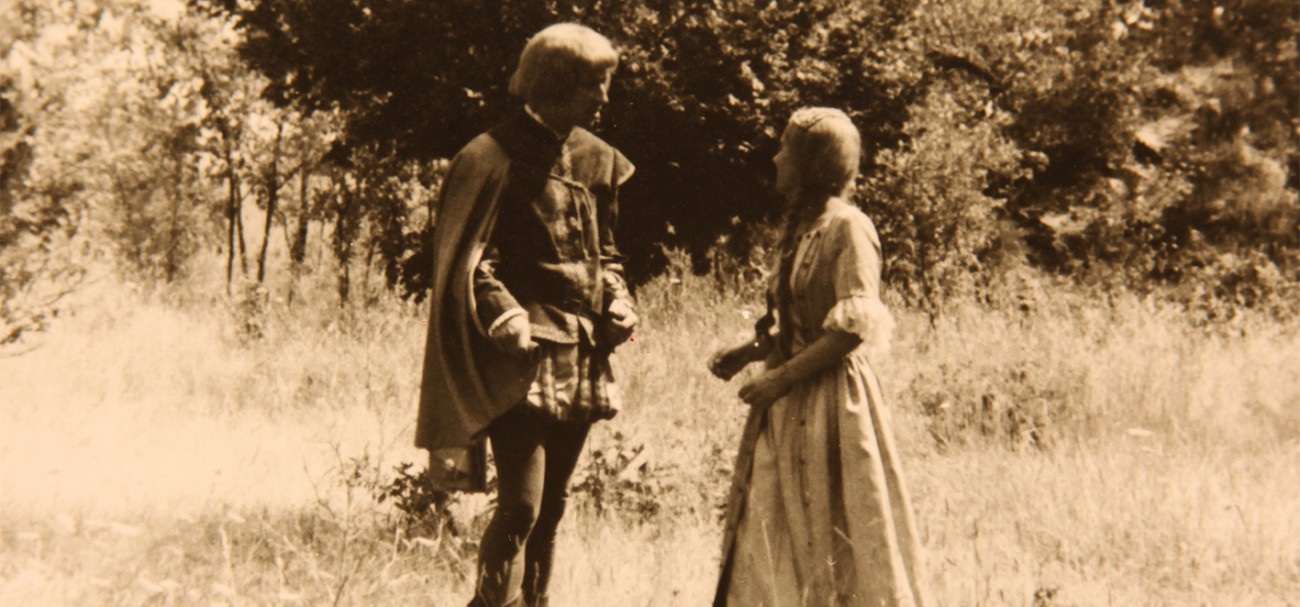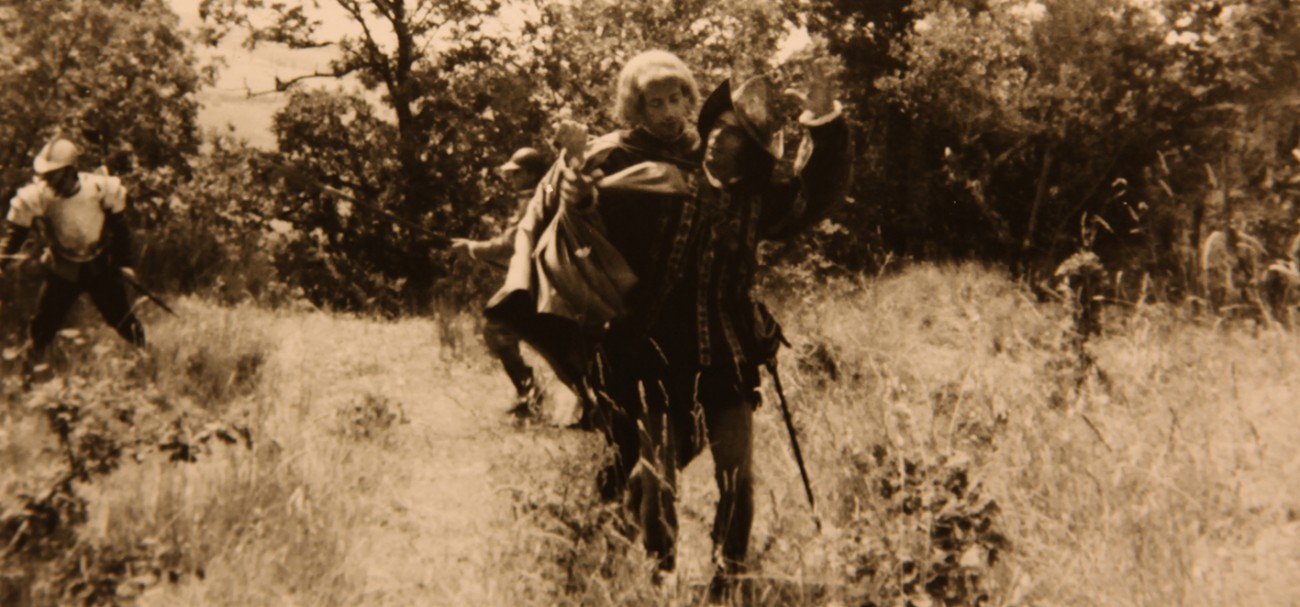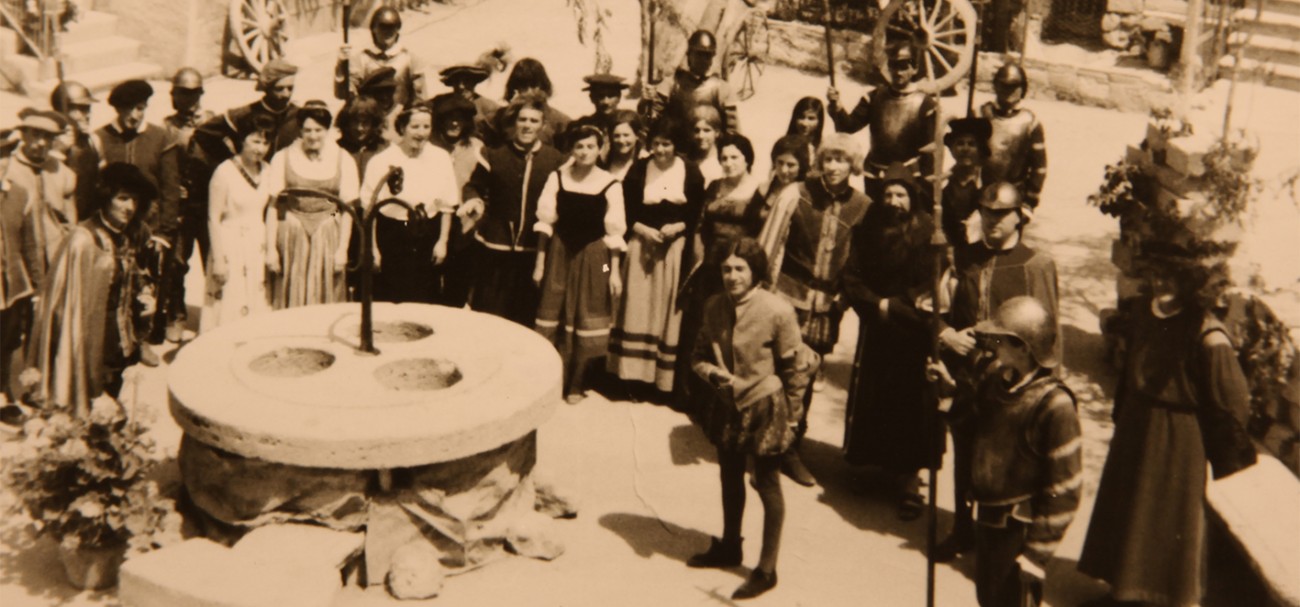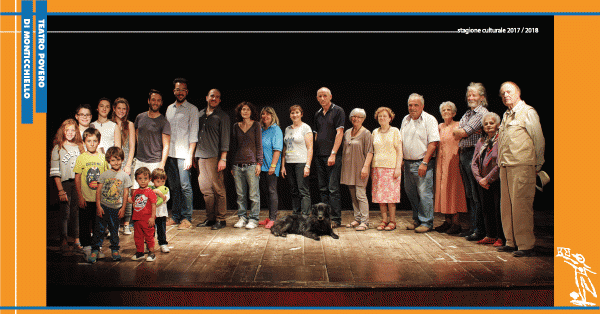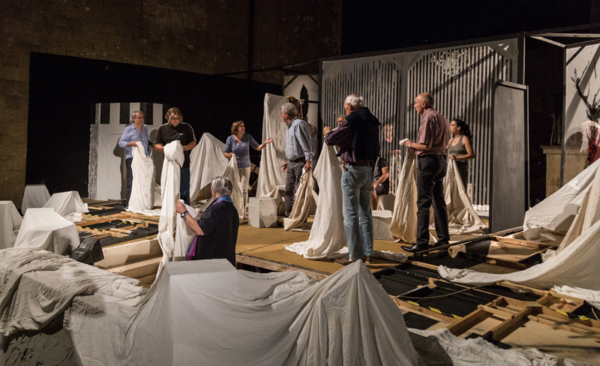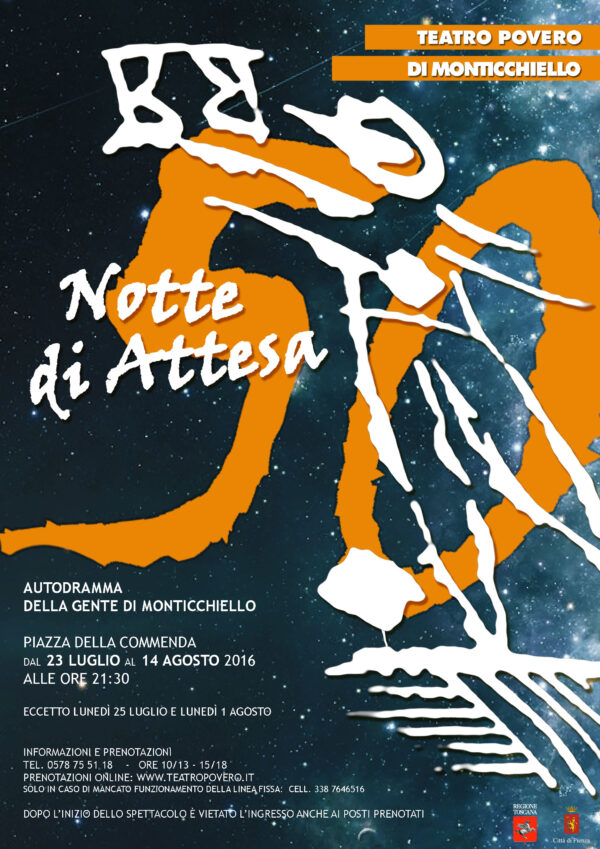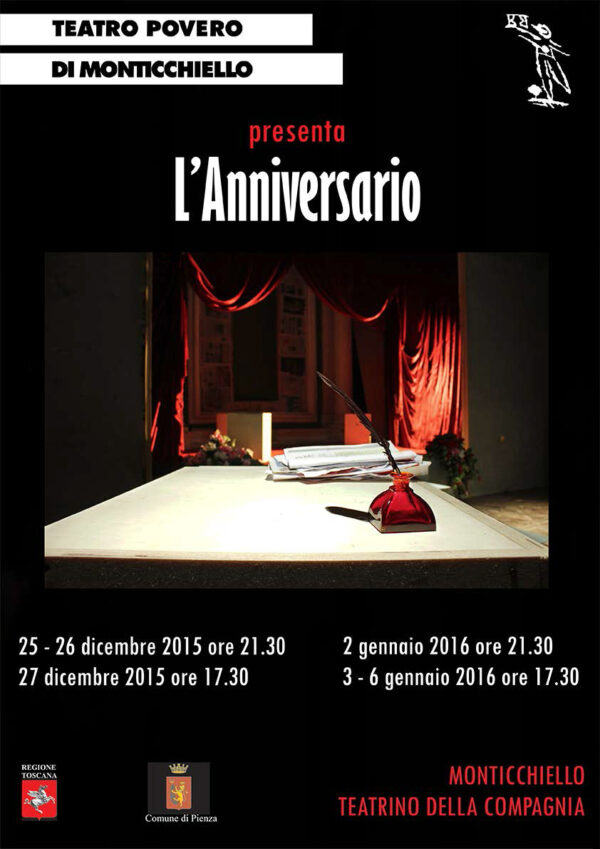This play was a fiction based on a real event from the past. In 1553 the fortified village of Monticchiello, part of the Republic of Siena, was besieged by troops fighting for the Holy Roman Emperor Charles V. The defence was commanded by Piero Mangiavacchi. When a Spanish messenger formally invited the village to surrender, the reply was: “If you want this town, then come and take it: you can see where it is!”. The story of the siege is told in a number of historical documents.
Gianni Allegri, a Florentine exile, is in love with Piero’s daughter Maria: he enters Monticchiello through a secret passage, is captured by Piero’s squire Bronzone; he then proves his loyalty by fighting hard against the besiegers. When Piero is mortally wounded, he gives his blessing to the marriage of Maria and Gianni, who is then acclaimed as the new commander of the defending troops.
A captured Spanish soldier reveals that the secret passage has been discovered by the besiegers and explosives placed underneath the castle keep with its gunpowder store. Maria decides to sacrifice herself by blowing up the passage before the damage can be done. Gianni tries to stop her, but it is too late; and the population acclaims the lifeless body of its heroine, symbol of civic liberty.
The idea of Monticchiello being besieged or threatened by forces from outside has become a metaphorical image explored in various ways in a number of subsequent autodrammi.

